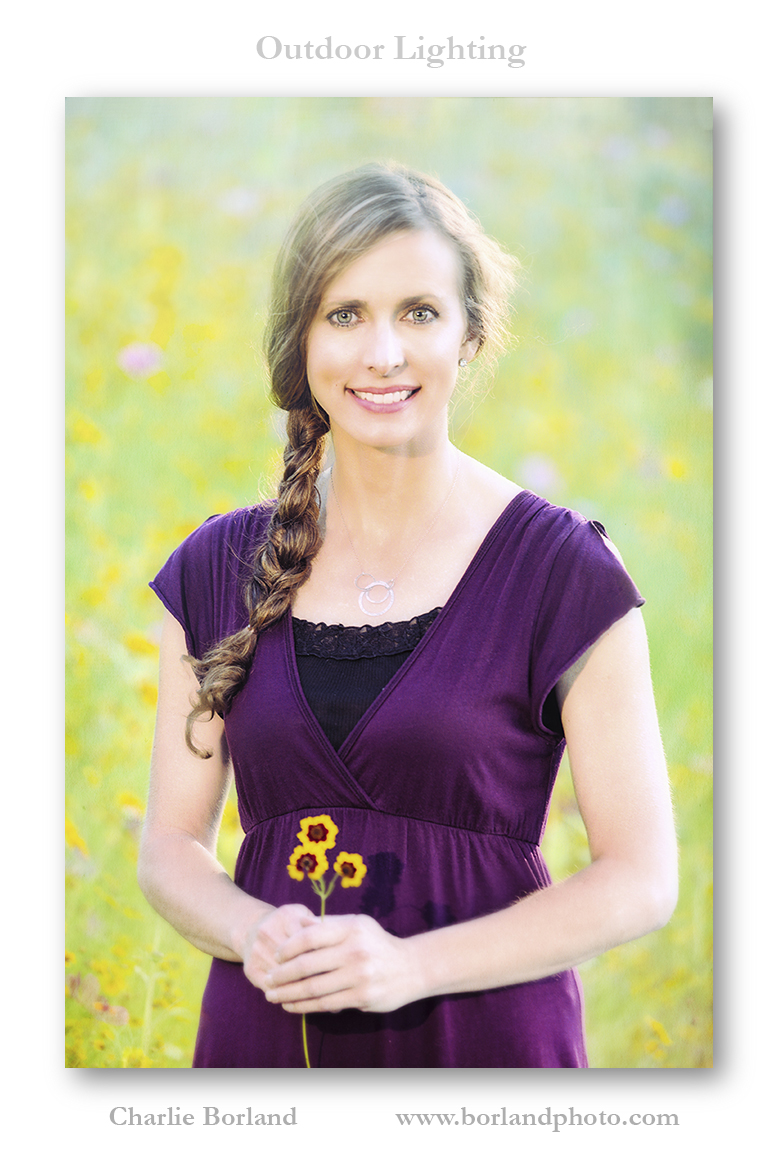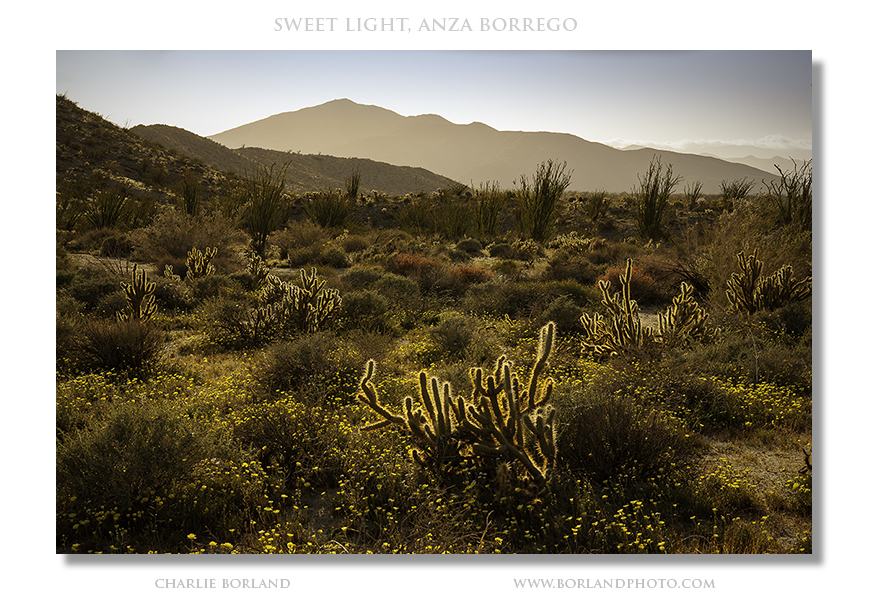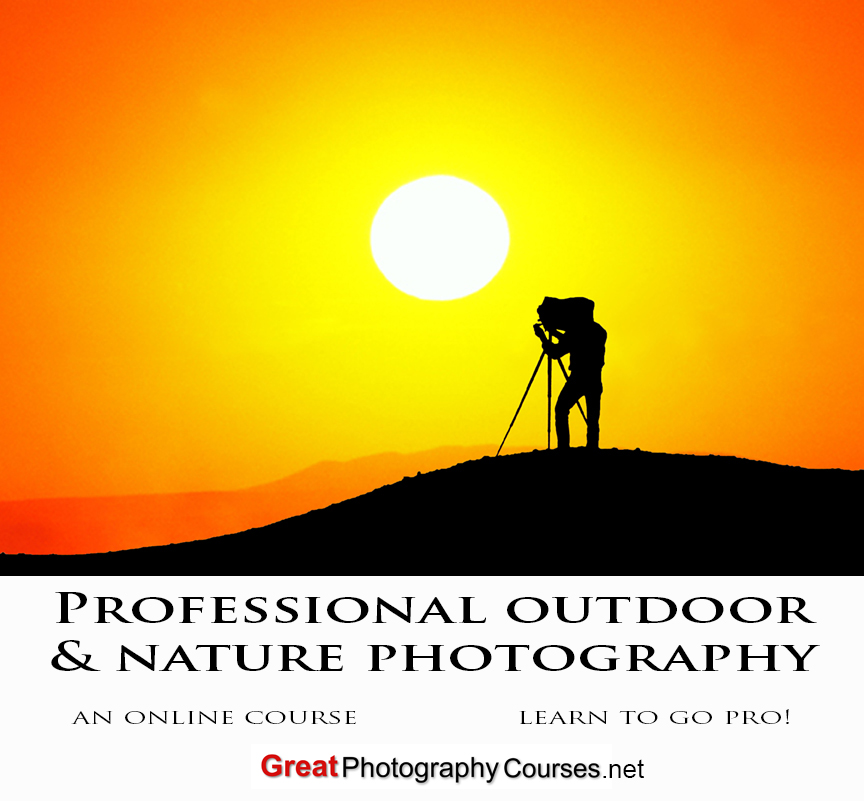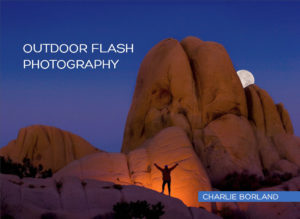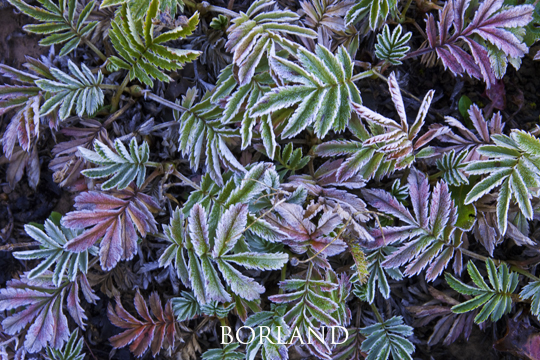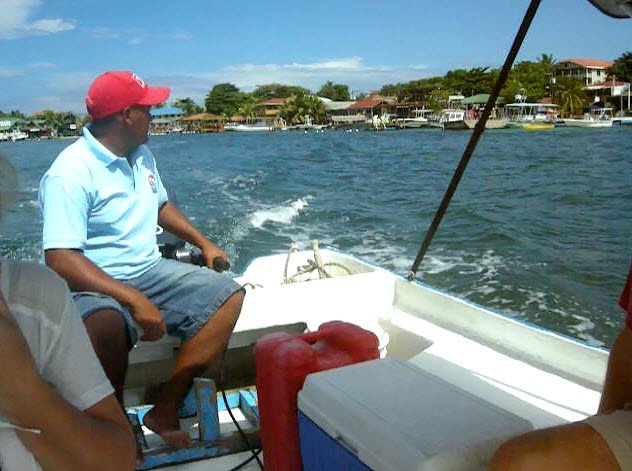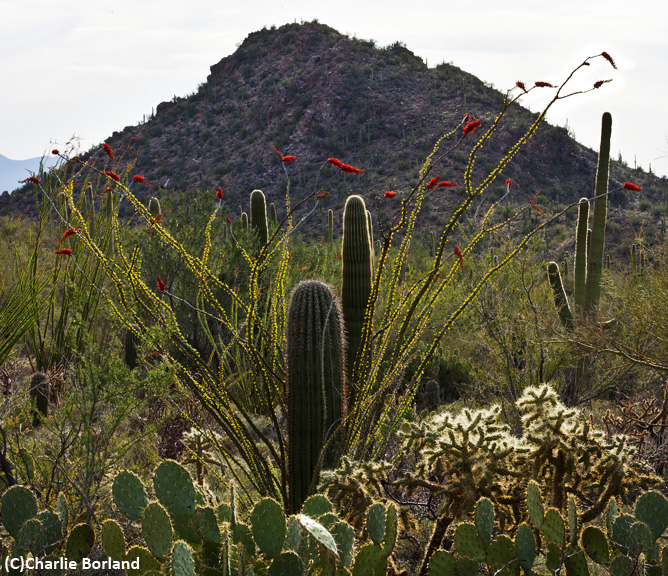The flowers are out and while I have only hit this location in western AZ, near the CA border, I am hoping to head to the Superstition Mountain and search for their wildflowers soon.
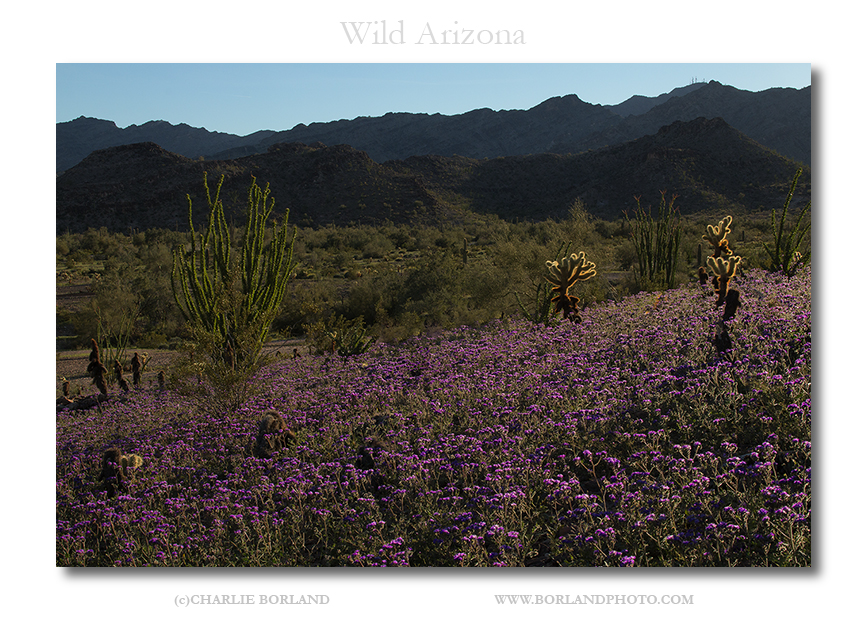
Canon 70D 28-70 f/16 set to 28mm
I zoomed in on this landscape a little. rather than go real wide and the reason is that the foreground flowers are not that close together. But standing further back and zooming slightly, I was able to stack teh flowers and make them look more condensed.
For processing, I am now a big fan of Sean Bagshaw’s Luminosity Mask system where I can select individual sections of an image based on tonal values, or colors, and process each of those individually and it works great.
Check out my ebooks and online courses on the right sidebar.


